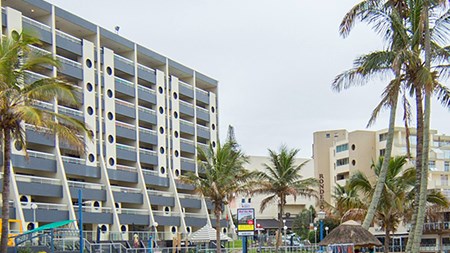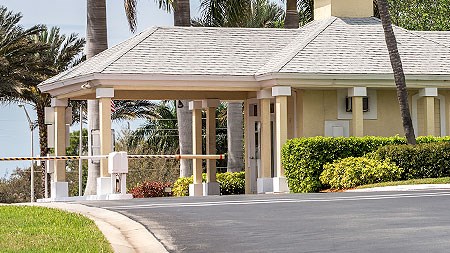Thabo Mashiane has taken a significant step towards wealth creation through home ownership, becoming the first person to acquire a property in Acutts’ still-developing Crystal Park initiative in Benoni.
A fireman, Thabo is among the middle-class that is emerging across South Africa and which requires access to affordable housing. Research reflects that government housing currently focuses on households earning below R3 500 a month, while private sector developments cater to the country’s top 10% of earners, who earn more than R20 000 a month. The affordable housing segment considers households earning between those figures – those who earn too much to secure government housing and too little to secure a bond.
This so-called “gap market” is receiving attention from major developers in SA – including the big banks. For example, Nedbank recently committed R100-million to fund a rental housing development in Clayville in Midrand, Gauteng.
Similarly, FNB earlier this year reported that it had reached its R10-billion loan target in the affordable housing market. FNB Housing Finance CEO Marius Marais says that the scale of the bank’s loan book, and its growth, are “evidence that there is demand for affordable housing”.
Interestingly, rental demand remains high even in this affordable housing sector – making buy-to-let an attractive option and a first step towards wealth creation.
Thisismoney.co.uk offers some tips for buy-to-let investing in the affordable sector:
Choose a promising area – mostly, affordable housing has been carefully positioned to take full advantage of near-by amenities and transport facilities.
Do the maths – before you look around, write down the cost of the houses you are looking at and the rent you are likely to get. Once you have the mortgage rate sorted, be clinical in deciding whether or not your investment will work out.
Remember that you still need to have a deposit and cash for transfer and conveyancing fees.
Remember also that it is unlikely you will be able to buy the property outright – and it comes with running costs. Bond costs and other fees must be worked out and they will eat into your return.
Consider looking further afield – most buy-to-let investors look for properties near where they live. The advantage of a property close-by is being able to keep an eye on it, but if you will be employing an agent they should do that for you. Think about casting your net wider.
Consider how hands-on you want to be – agents will charge you a management fee, but will deal with any problems and have a good network of plumbers, electricians and other workers if things go wrong. You can make more money by renting the property out yourself but be prepared to give up weekends and evenings on viewings, advertising and repairs.



